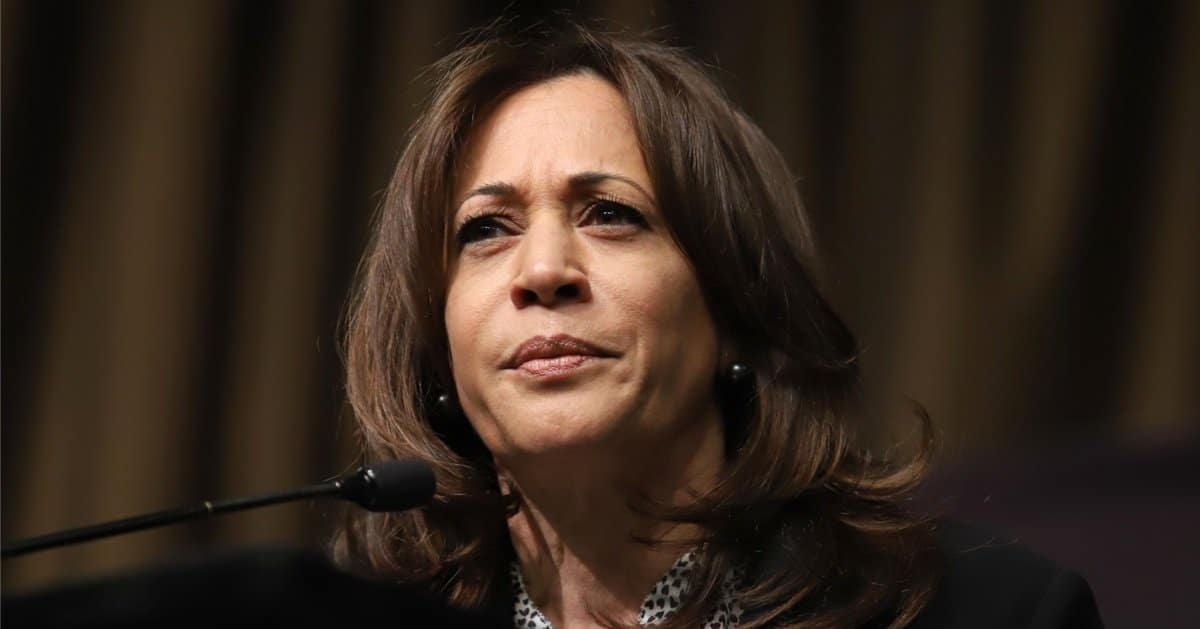


A brief interaction between former President Donald Trump and his wife Melania Trump during his Republican National Convention speech has set social media abuzz.
USA Today reported that at the climax of the Republican National Convention, an attempt by Donald Trump to kiss his wife appeared to turn into an awkward hug, setting off speculation that quickly went into the absurd.
The incident took place on the final evening of the Republican National Convention. Trump, who had been a constant presence at the event, sought to conclude his acceptance speech with a notable gesture.
Melania Trump, in her sole appearance at the convention, seemed to sidestep her husband's attempt at a kiss. Instead, she opted for a hug, a moment that was quickly captured and circulated across various social media platforms.
This interaction contrasted sharply with other, more affectionate displays witnessed during the four-day event, particularly among other political couples who showed more conventional signs of affection.
The video of the couple's interaction quickly drew attention, becoming a topic of discussion among users on social media platforms. The clip highlighted a rare public appearance by Melania Trump alongside her husband.
Commentators on social media scrutinized the interaction, with some drawing comparisons to past public displays of affection by political figures at national conventions.
A notable contrast mentioned by viewers was the passionate kiss shared between Al Gore and his wife, Tipper, at the Democratic National Convention in 2000, a couple who would later separate in 2010.
As reactions poured in, the brief exchange between Donald and Melania Trump became fodder for both media analysis and public commentary.
The nature of the interaction has prompted discussions about the personal dynamics displayed by political families during such highly publicized events.
One comment on the social media platform X, formerly known as Twitter, succinctly captured the public's reaction with a single word: "YIKES!" remarked by a self-described Democrat, echoing the sentiment of surprise and amusement among many viewers.
Throughout the history of political conventions, public displays of affection have served as powerful images that humanize candidates and forge emotional connections with voters.
The interaction between the Trumps at the Republican National Convention, however, seemed less warm compared to others, especially noted during the hand-in-hand appearance of Ohio Senator JD Vance and his wife, Usha Vance.
This has led to broader discussions on the varying personal dynamics that political figures choose to display in public, particularly at such significant national events.
The final day of the Republican National Convention not only marked Donald Trump's acceptance of the presidential nomination but also brought to the forefront his interaction with Melania, setting a distinct tone for the evening.
While other couples at the convention displayed conventional warmth, the Trumps' gesture stood out for its deviation from this norm.
This moment has undoubtedly added a layer of intrigue and discussion regarding the personal aspects of political public life, spotlighting the unique dynamics within the Trump family.
The incident at the Republican National Convention serves as a reminder of how personal moments are magnified in the political arena and the impact they can have on public perception.
As the election cycle progresses, it will be interesting to observe how such interactions play a role in shaping the narratives around candidates and their personal lives.
This moment may also influence how future political figures manage their public personas and interactions during similarly pivotal events.
In conclusion, the brief interaction between Donald and Melania Trump at the Republican National Convention has sparked a wide range of reactions and analyses. This moment, contrasting with other more affectionate displays at the event highlights the complexities of public and private personas in the political sphere. The discussion surrounding this interaction underscores the continuous scrutiny faced by public figures and the impact of their personal dynamics on public perception.



